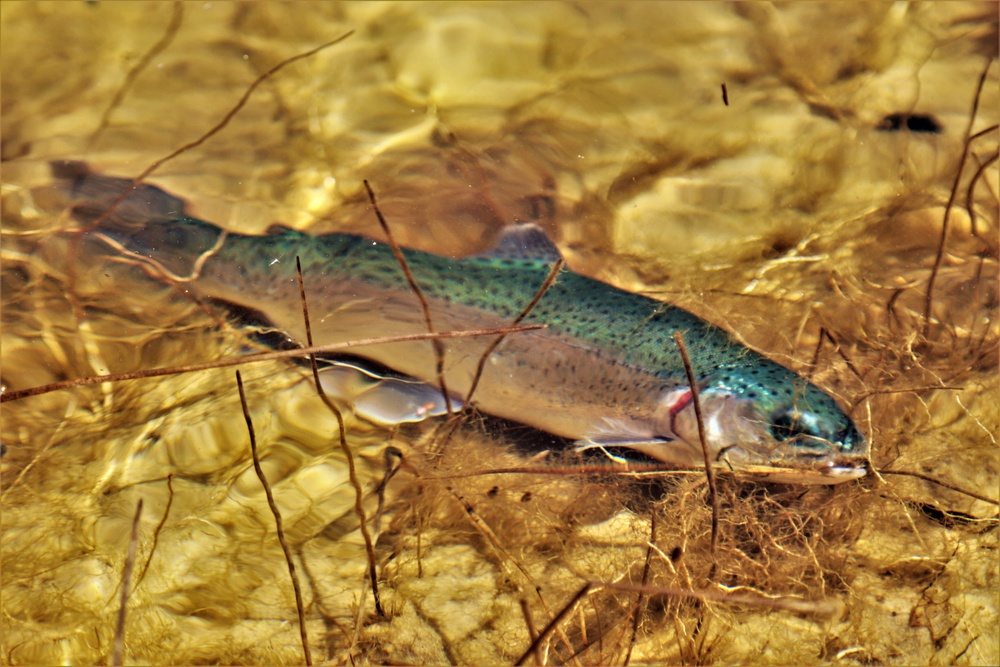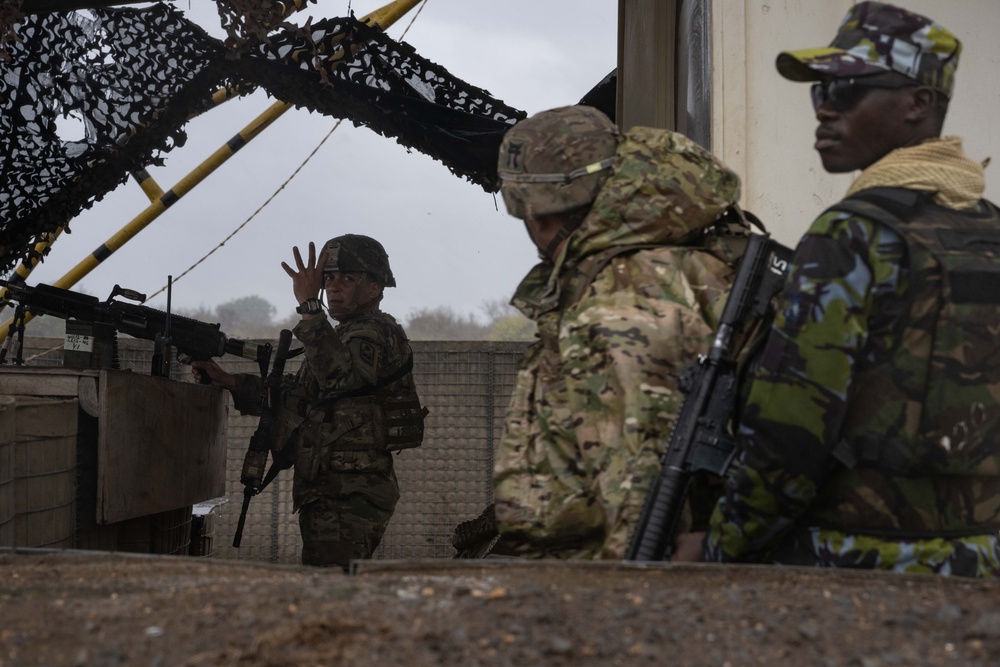DVIDS – News – NAVFAC Washington Continues to Improve Water Quality in the Chesapeake Bay
NAVFAC Washington is working to improve the water quality of the Chesapeake Bay by constructing stormwater runoff treatment facilities and completing shoreline and stream restoration projects. Pollutants such as trash, oils, chemicals and sediment are typically found in stormwater runoff from developed urbanized areas. There is an increasing emphasis on treating stormwater runoff with the use of Best Management Practices (BMPs), such as bioretention areas, permeable pavement, sand filters and rain gardens. These BMPs help to filter out pollutants prior to the runoff entering our rivers, streams, lakes and coastal waters. NAVFAC Washington strives to be a good steward of the environment by constructing BMPs throughout Navy installations in the National Capital Region. Approximately 680 BMPs have been constructed across NAVFAC Washington, an investment of $60 million. Additionally, to ensure these BMPs are functioning properly, nearly $5 million is invested annually to maintain them.
In addition to the implementation of stormwater treatment facilities, the Navy has focused on the stabilization and enhancement of wetlands and waterways in and around Naval District Washington (NDW) installations. To date, NAVFAC Washington has stabilized and enhanced over 24,000 linear feet of shoreline and 6,500 linear feet of streams. These shoreline and stream restoration projects help to reduce erosion and stop sediment from entering the Chesapeake Bay. Wherever possible, the Navy strives to utilize natural means of stabilization to enhance stream and shoreline habitat. Natural methods include marsh and beach habitat creation, forested and emergent wetlands, native plantings, and rock stabilization such as breakwaters, sills, cascades, weirs, and pools. For construction projects that have impacted wetlands, the Navy has collaborated with internal and external partners, such as the Maryland Department of Natural Resources, to create emergent and forested wetland in adjacent watersheds. The most sizeable individual wetland encompassed 5 acres and was completed in 2022 at Cedar Point Wildlife Management Area in Welcome, Maryland.
NAVFAC Washington projects have had a significant and tangible impact on the resilience and flexibility of the Navy mission. Through stabilization and enhancement of the natural environment, NDW installations are protected from erosion, loss of shoreline and real estate, floods and storm surge, and the resulting inevitable damage to mission-critical infrastructure. These stream and shoreline projects create wildlife habitat and help the Navy meet environmental conservation goals.
BMP and shoreline/stream restoration projects have contributed to reducing our Total Maximum Daily Load (TMDL) of pollutants into the Chesapeake Bay. The TMDL is a historic and comprehensive “pollution diet” to restore clean water in the Chesapeake Bay and the region’s streams, creeks, and rivers. These projects have prevented nearly 4,200 pounds of total nitrogen, 1,500 pounds of total phosphorus, and a remarkable 3.7 million pounds of sediment per year from entering the Chesapeake Bay. Preservation of local ecosystems allows the Navy to train and develop technologies that allow warfighters to operate in nearly every theater on the globe.
The NAVFAC Washington Environmental team is committed to working to improve the water quality of the Chesapeake Bay and enhancing the Navy’s mission.
| Date Taken: | 04.19.2023 |
| Date Posted: | 04.19.2023 15:33 |
| Story ID: | 442930 |
| Location: | DC, US |
| Web Views: | 1 |
| Downloads: | 0 |
PUBLIC DOMAIN

This work, NAVFAC Washington Continues to Improve Water Quality in the Chesapeake Bay, by Matthew Stinson, identified by DVIDS, must comply with the restrictions shown on https://www.dvidshub.net/about/copyright.


 Private Internet Access gives you unparalleled access to thousands
of next-gen servers in over 83 countries and each US state. Your
VPN experience will always be fast, smooth, and reliable.
Private Internet Access gives you unparalleled access to thousands
of next-gen servers in over 83 countries and each US state. Your
VPN experience will always be fast, smooth, and reliable.

